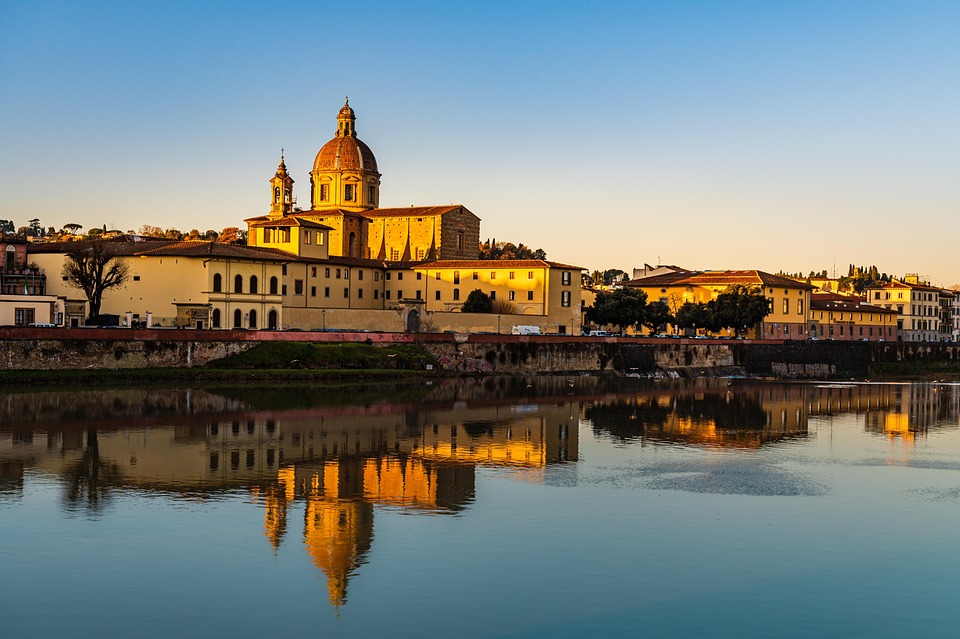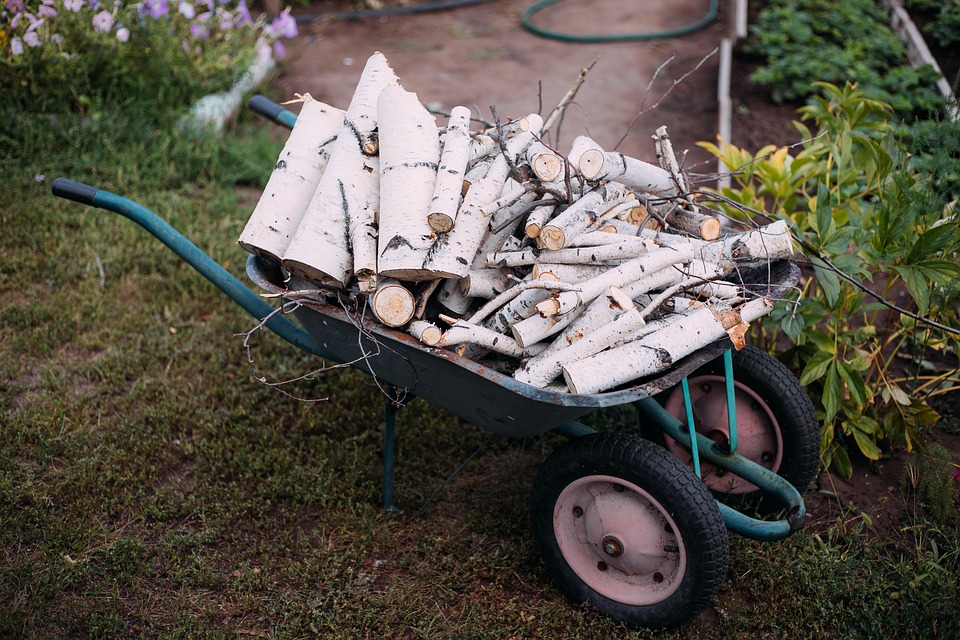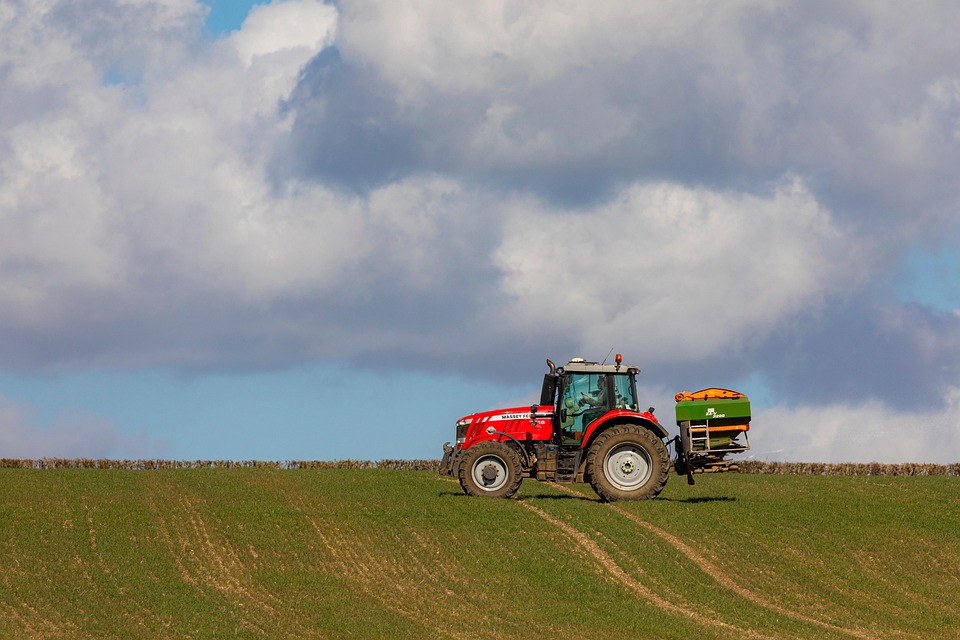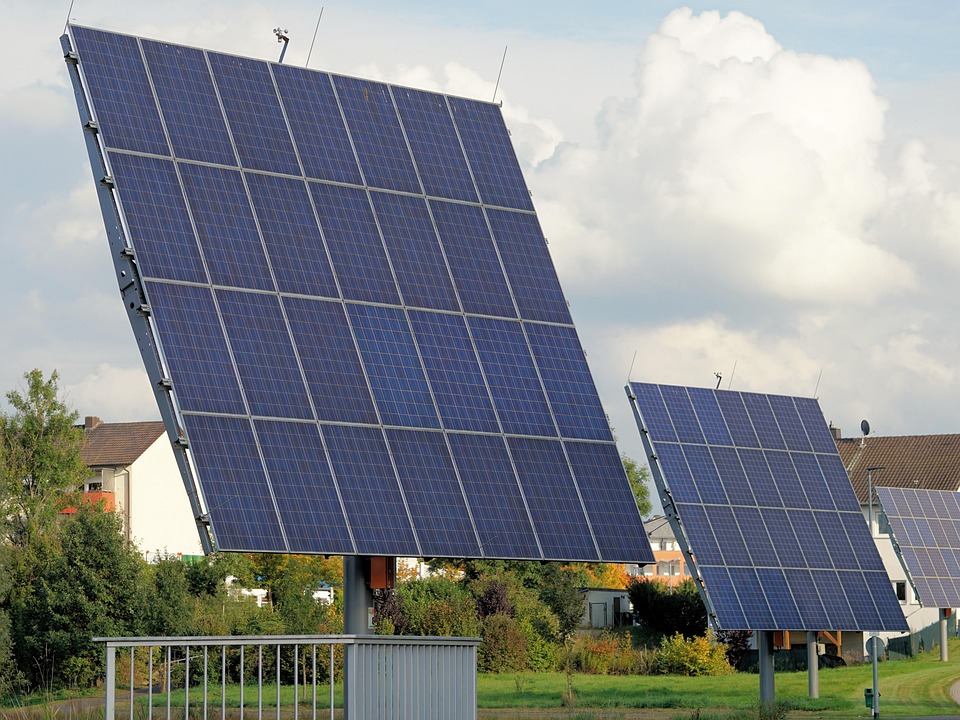**From Soil Health to Crop Diversity: The Pillars of Sustainable Agriculture**
# From Soil Health to Crop Diversity: The Pillars of Sustainable Agriculture **Introduction: A Personal Connection** One bright morning, as the sun poured golden rays over a thriving patch of heirloom tomatoes, I found myself marveling at the life bustling around me. Bees buzzed lazily between blossoms while a dappled sunlight played hide-and-seek among leafy greens. It struck me then—the invisible web that connects every inch of soil, seed, and sprout is nothing short of magical. We often take for granted the nutrients that our plants crave and the diversity of crops that invite a thriving ecosystem. Today, let’s dive into the fundamental elements that make sustainable agriculture not just a practice, but a passion—a stewardship of the land that enriches both the planet and our palates. ## The Heart of It All: Soil Health When we think about farming sustainably, our journey often begins and ends with what lies beneath our feet. Healthy soil is more than just dirt; it’s a living, breathing ecosystem. Rich in nutrients, organic matter, and microorganisms, well-maintained soil serves as the foundation for vibrant crops. ### Building Soil Health 1. **Composting**: One of the best gifts you can give your soil is compost. Transform kitchen scraps and garden waste into black gold packed with nutrients. Not only will you reduce waste, but you’ll also enhance the microbial activity that makes soil fertile. 2. **Cover Crops**: Planting cover crops, such as clover or rye, can protect the soil from erosion while fixing nitrogen and improving soil structure. They act as a green mulch, providing food for soil organisms and decreasing weed pressures. 3. **Minimal Till**: Traditional farming often involves heavy machinery that disrupts soil structure. Adopting a minimal tillage approach allows essential microorganisms to flourish, improves water retention, and reduces carbon release into the atmosphere. 4. **Mulching**: Organic mulches, like straw, wood chips, or grass clippings, can regulate soil temperature, suppress weeds, and retain moisture, creating an ideal environment for your plants. ## The Spectrum of Crop Diversity Crop diversity enhances the agricultural ecosystem, offering resilience against pest outbreaks and climate changes. Cultivating a variety of plants can help mitigate risks and promote a balanced ecosystem. ### Why Diversity Matters 1. **Pest Control**: Biodiversity creates a natural check on pest populations. By planting companion crops, you attract beneficial insects that prey on harmful pests. 2. **Soil Health**: Different root structures from various crops contribute to better soil structure and health. Legumes fix nitrogen in the soil, while deep-rooted plants can break through harder layers, improving drainage. 3. **Nutritional Balance**: Diverse crops contribute to a healthy diet. Rotating between grains, legumes, fruits, and vegetables ensures that you—and your consumers—receive a comprehensive range of nutrients. ### Strategies for Crop Diversity 1. **Crop Rotation**: This practice involves alternating different crops in the same area over seasons. It helps to prevent pest build-up while improving soil fertility. 2. **Intercropping**: Growing two or more crops in close quarters can maximize land use while minimizing pests. For example, pairing corn with beans allows the latter to climb the corn plants while benefiting from the nitrogen fixed by the legumes. 3. **Plant Heirloom Varieties**: Embrace the beauty and flavors of heirloom varieties! They’re often more resilient and provide unique tastes, while playing a vital role in maintaining agricultural biodiversity. ## Synergy Between Soil Health and Crop Diversity The relationship between soil health and crop diversity is like a well-rehearsed dance—each component enhancing the other. Healthy soil fosters stronger plants, while diverse crops enhance soil quality. ### Seasonal Practices 1. **Soil Testing**: Regular testing helps ascertain soil health and guides amendments tailored to your needs. Think of it as a check-up for your garden! 2. **Integrated Pest Management (IPM)**: Combine biological, cultural, and mechanical practices to manage pest problems sustainably. By focusing on prevention through crop diversity, your garden will be less susceptible to infestations. 3. **Water Management**: Sustainable agriculture also includes the responsible use of water. Methods like drip irrigation and rainwater harvesting ensure that your crops thrive without waste. ## Life is a Garden: Relishing the Fruits of Labor When you embrace the principles of sustainable agriculture, not only do you cultivate a cornucopia of flavors, but you also engage in storytelling. Each crop, each harvest tells a story—of patience, of respect for nature, and of an ever-evolving relationship with the earth. ### Growing a Community 1. **Sharing Knowledge**: Host workshops in your community to share your journey and beliefs about sustainable farming. It fosters connection and inspires others to join the movement. 2. **Community Supported Agriculture (CSA)**: Consider starting or joining a CSA to share your bountiful harvest with others. It strengthens local ecosystems, empowers consumers, and helps sustain local agriculture. ## Pro Tips for Sustainable Agriculture 1. **Start Small**: If you’re new to sustainable farming, begin with a small garden. Experiment with different crops and techniques before scaling up. 2. **Embrace Failure**: Not every seed will sprout, and that’s okay! Learn from your mistakes—each season is a new opportunity for growth. 3. **Utilize Local Resources**: Take advantage of local cooperatives and resources to find organic seeds, fertilizers, and gardening tools. 4. **Keep Learning**: Nature is continually evolving. Stay updated on best practices, emerging techniques, and crop varieties to enhance your farming knowledge. 5. **Engage with Nature**: Don’t rush through your chores. Spend time observing your garden’s changes—the small wonders can offer profound insights into sustainable practices. ## Conclusion: Cultivating a Sustainable Future From the soil beneath our feet to the diverse crops that flourish above, sustainable agriculture presents a vast tapestry of possibility. By nurturing soil health and embracing crop diversity, we not only enrich our gardens but also contribute to a healthier planet. The journey toward sustainability may require effort and care, but the rewards—a sustainable future, a thriving ecosystem, and bountiful harvests—are well worth it. So, the next time you plunge your hands into the earth, remember that you’re not just planting seeds; you’re partaking in a grand, beautiful cycle of life. Let’s celebrate the magic










